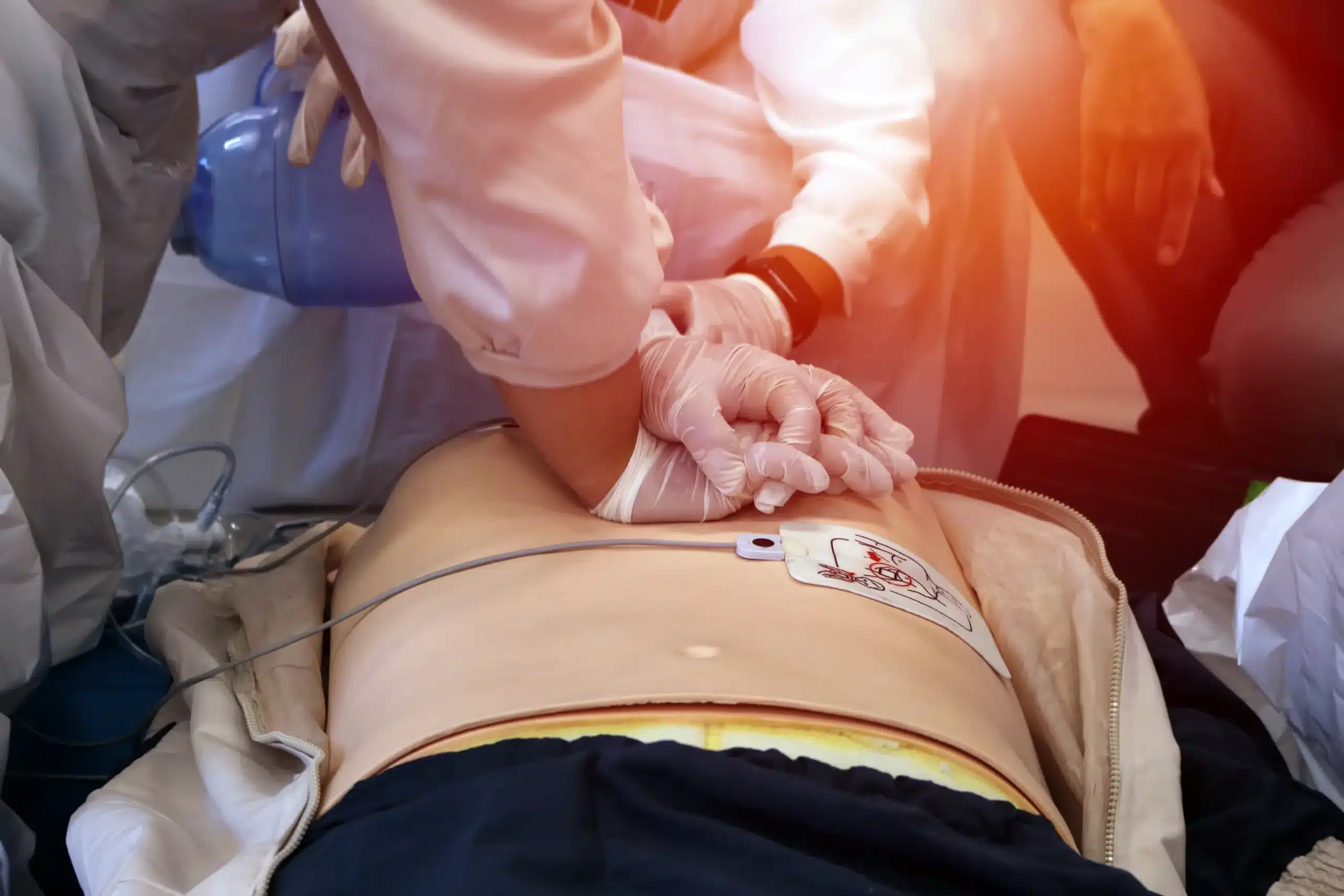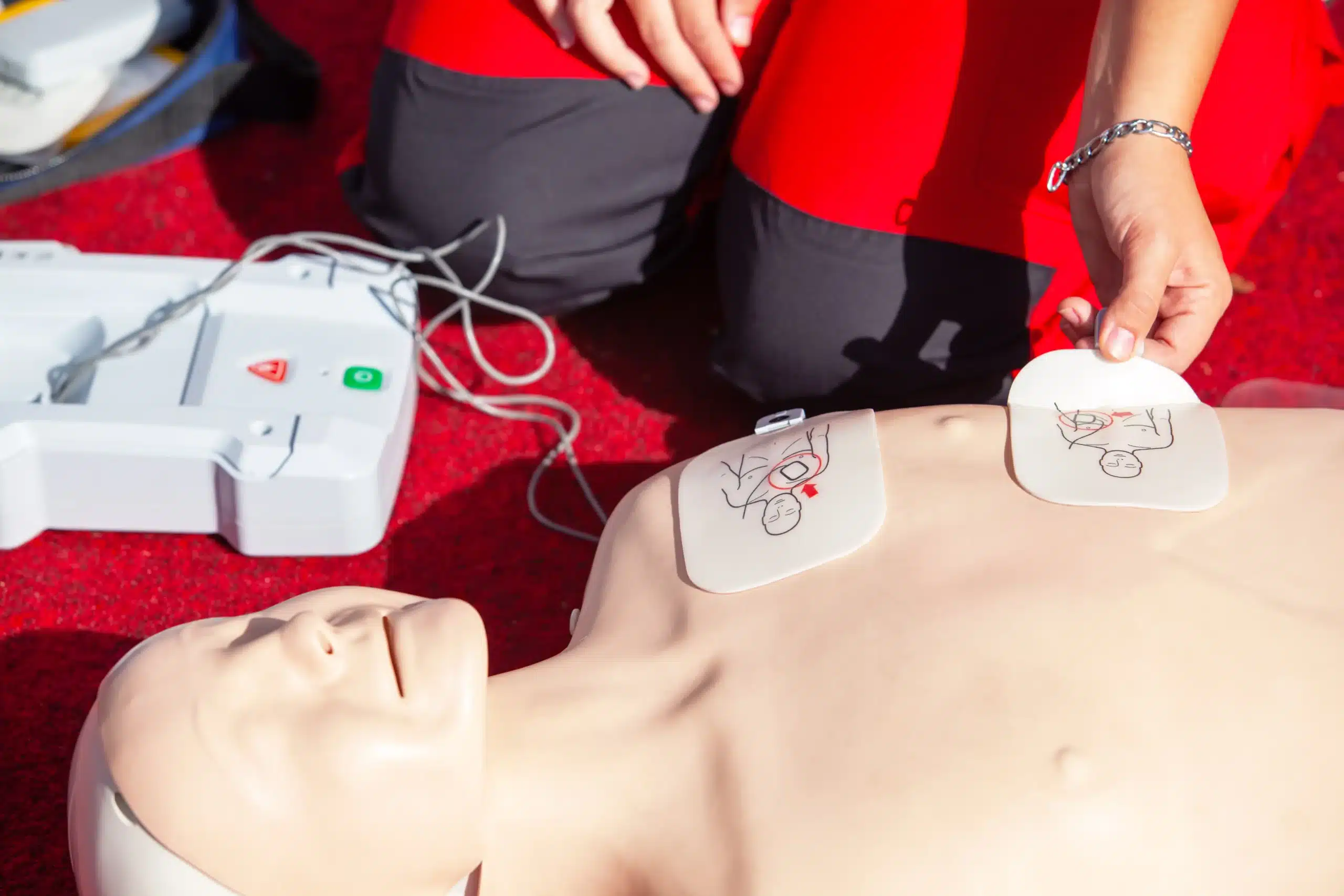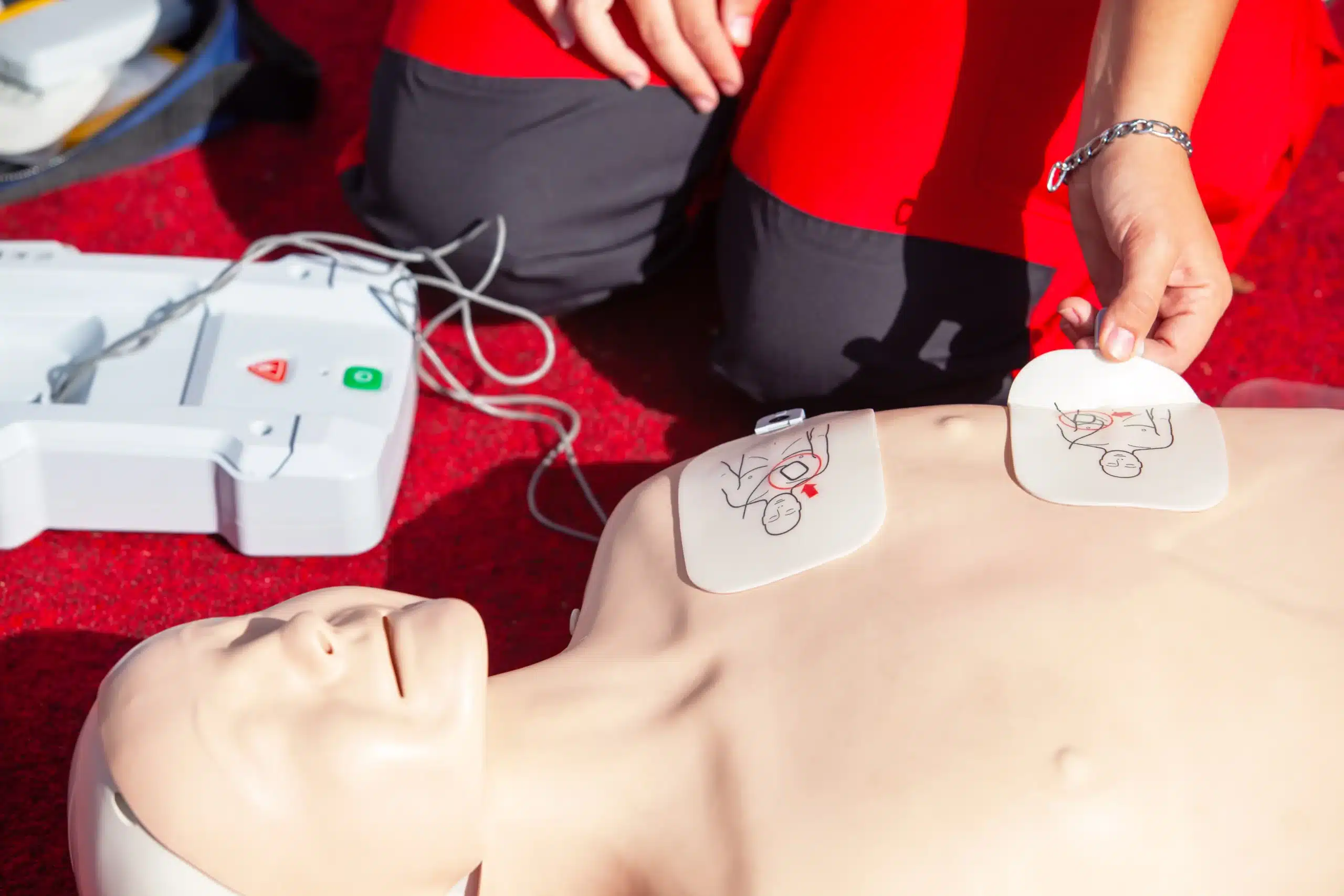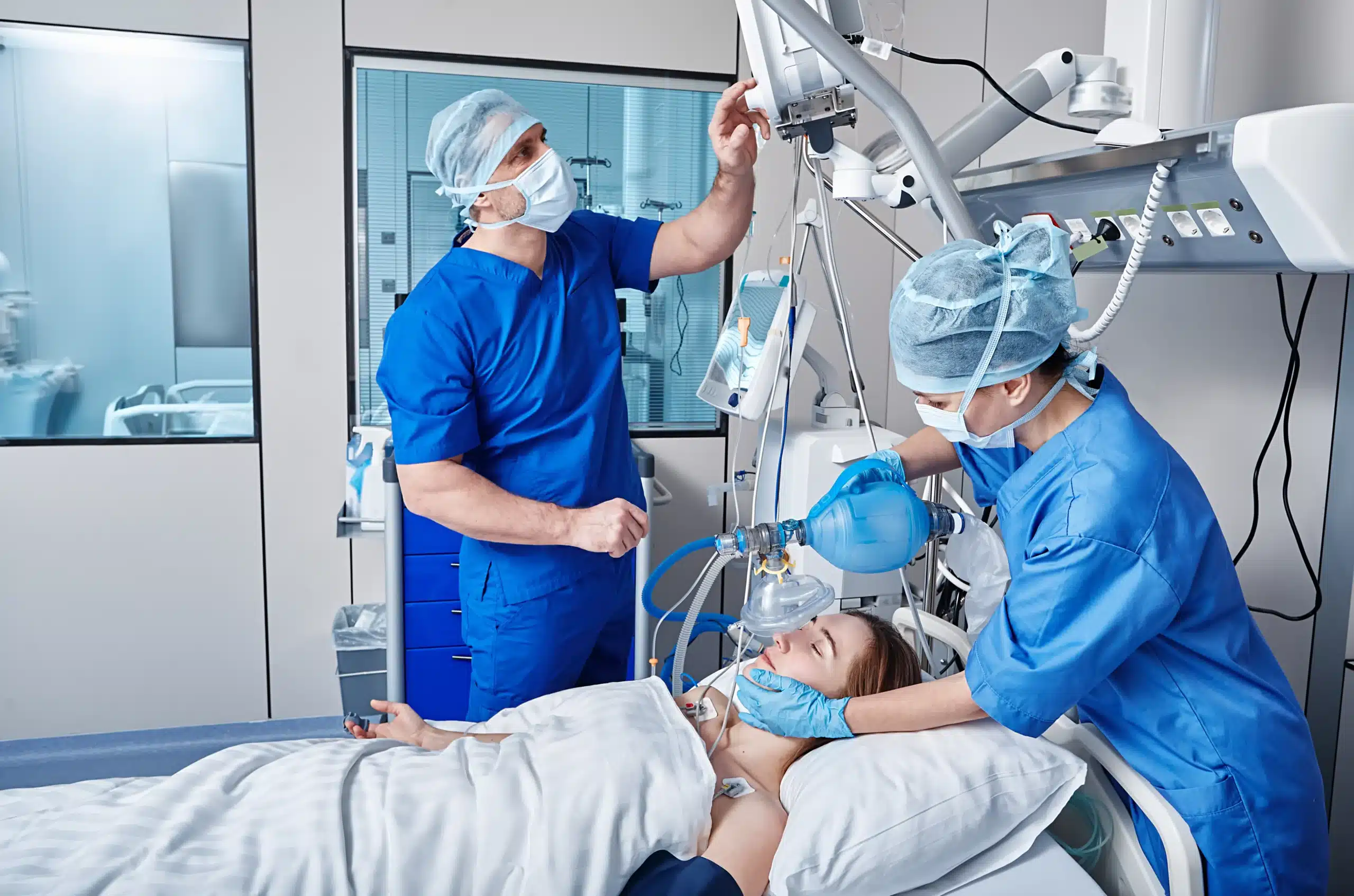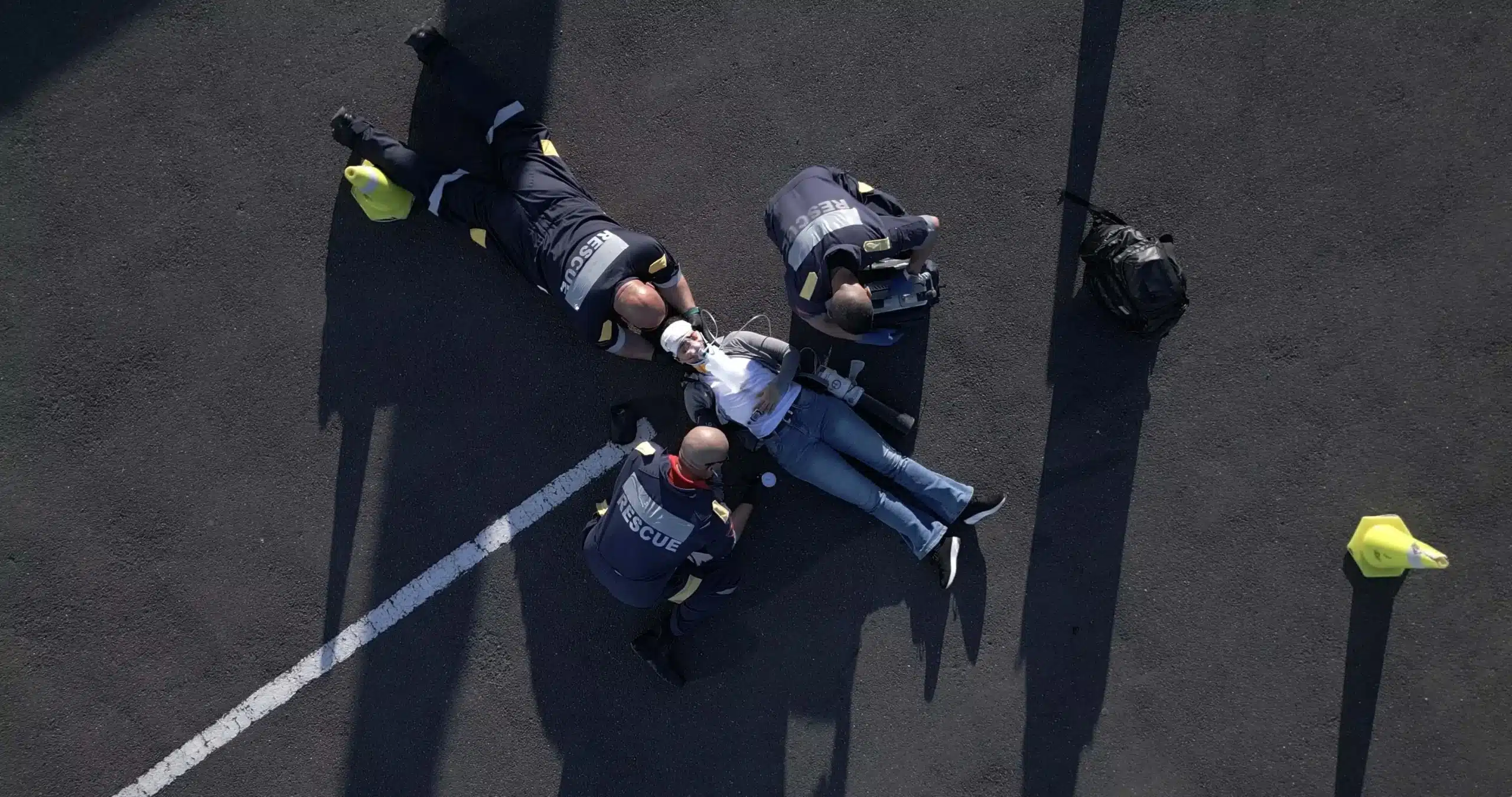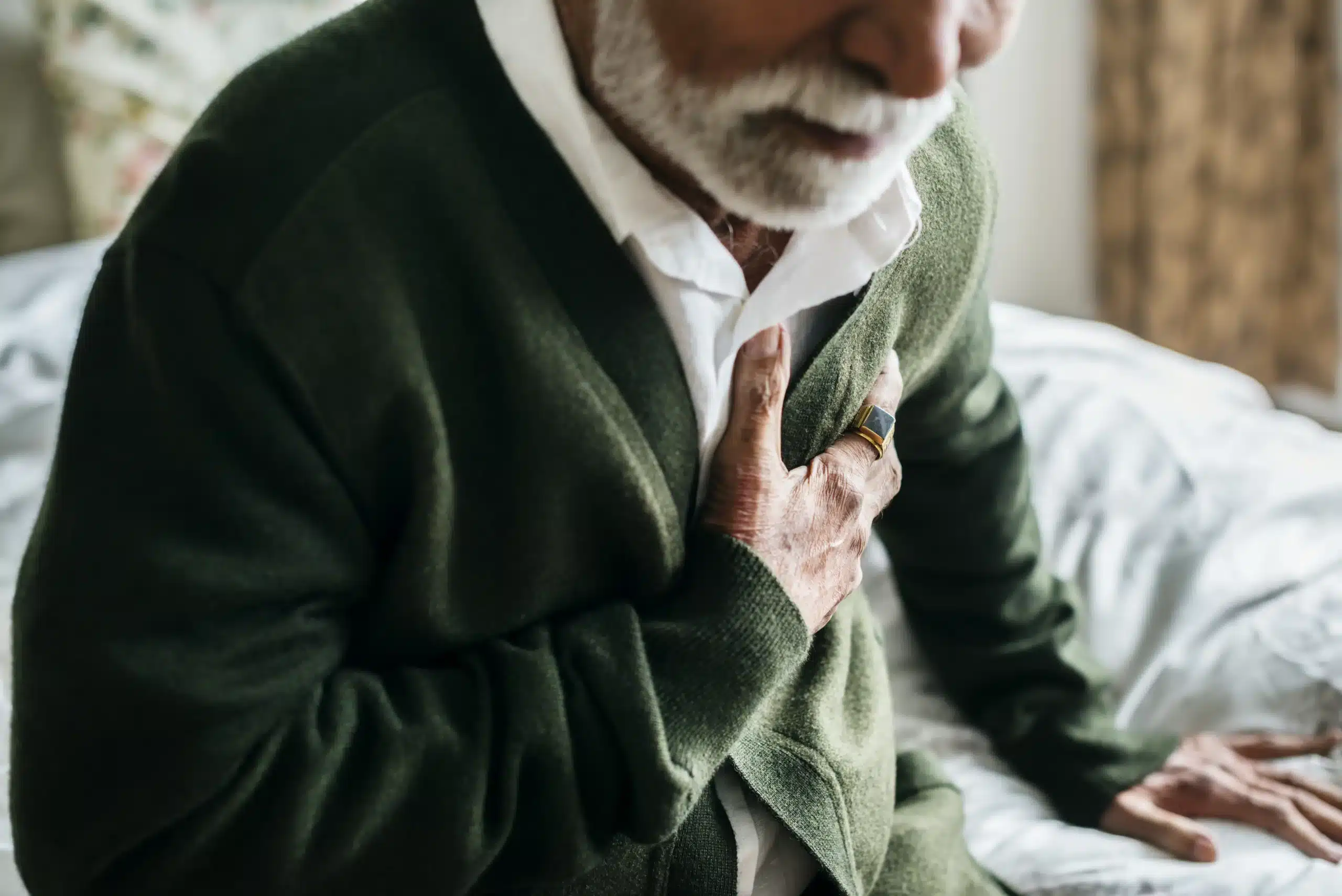Emergencies can happen anytime, anywhere. Would you know what to do? Getting your CPR certification in Union City is a proactive step towards being prepared for such situations. This comprehensive guide covers everything from the basics of CPR certification in Union City to finding the right class and understanding the costs involved. We’ll also explore the different types of CPR certifications available, the qualifications of instructors, and how getting certified can benefit you personally and professionally. Let’s get started on your journey to becoming a more confident and prepared member of the Union City community.
Key Takeaways
- CPR certification empowers you to act: Equipping yourself with life-saving skills like CPR and AED use builds confidence and prepares you for various emergencies.
- Find the right CPR class for you: Explore options like in-person, online, or blended learning formats, and consider providers like San Leandro CPR Classes for AHA-certified courses and potential group discounts.
- CPR certification offers lasting value: The skills you gain can make a real difference in your community and may even open up new career opportunities.
What is CPR Certification in Union City?
CPR certification shows you know how to perform cardiopulmonary resuscitation (CPR) and other life-saving techniques. It’s valuable for both personal and professional reasons, giving you the skills to respond effectively in emergencies. Whether at home, at work, or out in the community, having CPR certification in Union City means you’re prepared to help in a crisis.
Getting your CPR certification typically involves training in CPR techniques, learning to use an Automated External Defibrillator (AED), and understanding how to respond to choking. This thorough training is essential for anyone wanting to make a difference and keep their community safe. Plus, a CPR certification on your resume can open up job opportunities, especially in fields like healthcare and safety, where employers often look for this specific skill. It’s a smart way to improve your resume and boost your job prospects in Union City.
Find CPR Certification Options and Providers
What CPR Classes are Available?
In Union City, you’ll find a range of CPR certification classes to suit different needs. These courses teach essential, life-saving skills. You can choose from in-person training, online courses, or blended learning that combines both. The American Heart Association (AHA) and the American Red Cross are two leading organizations offering certifications, so you can be confident in the quality of the training. Many courses cover adult, child, and infant CPR, how to use an AED, and what to do if someone is choking.
Local CPR Providers
San Leandro CPR Classes
If you’re near San Leandro, check out San Leandro CPR Classes. They offer various AHA-certified courses, including BLS, ACLS, PALS, and First Aid, and even have group discounts available. They serve Hayward, Union City, and San Leandro. For expedited certification, they also offer the RQI program.
CPR Education
CPR Education focuses on Union City and the surrounding areas. Their mission is to equip people with life-saving skills through their AHA-certified CPR and first-aid training. They offer classes for individuals, groups, and businesses.
In-Home CPR
For a flexible option, In-Home CPR brings the training to you, offering first aid and CPR classes at your home or business seven days a week, including evenings. This works well for new parents, businesses meeting OSHA requirements, or anyone who prefers a more personalized approach. Their instructors include EMTs and RNs.
Safety Training Seminars
Safety Training Seminars provides comprehensive CPR training, including AHA-certified BLS, ACLS, PALS, and NRP. They offer training at various locations in Northern California and can also send instructors to your location, which is helpful for larger groups or businesses.
American Red Cross
The American Red Cross offers various CPR training courses—in-person, online, and blended learning. Their certification is valid for two years, with refresher courses available. This flexibility lets you choose the learning style and schedule that best fits your needs.
Costs and Value of CPR Certification
Getting CPR certified is an investment in yourself and your community. But how much does it cost, and what makes it so valuable? Let’s break it down.
CPR Course Pricing
CPR certification courses are offered by various organizations, including the American Red Cross, which provides options like in-person training, online learning, and blended learning (a mix of both). These courses typically certify you for two years, after which you can renew your certification with a shorter refresher course. For local pricing, check with providers like San Leandro CPR Classes. You can explore our course options and pricing on our website.
Group Discounts and Offers
If you’re looking to certify a group, such as your workplace or a community organization, many providers offer discounts. San Leandro CPR Classes specializes in group training and provides convenient billing options. This can be a cost-effective way to ensure everyone gets trained together. Another option to explore is the RQI (Resuscitation Quality Improvement) program, which offers a flexible and efficient way for healthcare professionals to maintain their certification. Contact us to discuss your group’s specific needs.
Investment vs. Impact
Learning CPR is more than just checking a box; it’s about equipping yourself with the skills to potentially save a life. Think of it as an investment in your preparedness for emergencies. The cost of a CPR course is small compared to the potential impact you could have. Plus, CPR certification can open doors to new opportunities, both personally and professionally. It demonstrates your commitment to safety and can even enhance your resume. For more on the benefits of CPR certification, check out this article on the top 10 advantages.
Instructor Qualifications and Training
Knowing your instructor’s qualifications is key when choosing a CPR class. It ensures you’re learning from someone with the right skills and experience. This section covers what to look for in an instructor’s background and the standards they should meet.
Typical Instructor Backgrounds
CPR instructors often come from diverse fields like healthcare, education, and emergency response. Many are certified professionals—paramedics, nurses, or firefighters—with hands-on experience in emergency medical situations. This varied experience allows them to offer practical insights and real-world examples during training. The American Heart Association provides resources for those interested in becoming CPR instructors, often requiring candidates to work with a Training Center to assess their qualifications and experience.
Certification Standards
Becoming a certified CPR instructor involves completing a specialized instructor course from a recognized organization like the American Heart Association (AHA) or the American Red Cross. These courses equip aspiring instructors with the skills to teach CPR and first aid effectively. Requirements vary; the Red Cross, for example, requires candidates to be at least 16 and complete a course covering teaching methods and course content. Passing exams is also essential to obtain instructor certification, ensuring instructors meet the high standards set by these organizations. These qualifications and standards help ensure CPR instructors are prepared to teach these vital, life-saving skills.
Enroll in a CPR Certification Class
So, you’re ready to learn CPR? Great! Getting signed up for a class is easier than you might think. This section walks you through registration, finding a class time that works for you, and anything you should know before you go.
Steps to Register
Registering for a CPR class is usually straightforward. Most providers, including San Leandro CPR Classes, let you register directly on their website. Look for a “Register” or “Book Now” button. You’ll likely choose your course, select a date and time, and provide your contact information and payment. Some providers may also offer registration by phone or email. Don’t hesitate to get in touch if you have questions.
Class Schedules
CPR class schedules are designed to be flexible. Many providers offer weekday and weekend options, including evening classes. Check the San Leandro CPR Classes website for their current schedule. If you’re coordinating training for a group, contact the provider to discuss a private class tailored to your needs.
Prerequisites
There aren’t usually strict prerequisites for a CPR certification class. The courses are designed for people of all backgrounds, from healthcare professionals to everyday people who want to be prepared. However, it’s always smart to check with your chosen provider, like San Leandro CPR Classes, to confirm any requirements. Some advanced courses may recommend prior basic CPR certification.
Benefits of CPR Certification
Getting CPR certified isn’t just about checking a box; it’s about equipping yourself with skills that can make a real difference. Whether you’re aiming for personal growth, career advancement, or simply want to contribute to your community, CPR certification offers several valuable benefits.
Personal Advantages
CPR certification empowers you to respond effectively during medical emergencies. Knowing you can provide immediate assistance to a loved one or even a stranger brings a sense of confidence and preparedness. These skills can be invaluable in various situations, from accidents at home to emergencies in public spaces. It transforms you from a bystander into a potential lifesaver, allowing you to take action when every second counts. This newfound ability not only benefits those you help but also fosters a stronger sense of self-reliance and community responsibility. CPR training benefits extend beyond the practical skills, enhancing your personal confidence and contributing to a safer community.
Professional Opportunities
In many industries, CPR certification is a sought-after skill. For aspiring healthcare professionals, it’s often a prerequisite, demonstrating a commitment to patient safety and preparedness. Even outside the medical field, CPR certification enhances your resume, signaling to employers your ability to handle pressure and respond effectively in critical situations. Getting CPR certified can open doors to various job opportunities, particularly those with OSHA-mandated safety requirements. It’s a valuable asset that can distinguish you from other candidates and improve your career prospects.
Community Impact and Life-Saving Potential
CPR-certified individuals become vital links in the chain of survival. They contribute to a more resilient and prepared community, ready to respond to emergencies effectively. The importance of CPR certification is highlighted by the significant impact certified individuals can have in critical situations. By stepping up and providing immediate assistance, you can significantly improve the chances of survival for someone experiencing cardiac arrest. It’s a powerful way to make a tangible difference in your community and potentially save lives. Maintaining your certification, perhaps through a program like RQI, ensures your skills remain sharp and you’re always ready to respond.
Related Articles
- Everything You Need to Know About CPR Classes in Union City – San Leandro CPR Classes
- CPR Courses in Union City: Your Certification Guide – San Leandro CPR Classes
- BLS Training in Union City: Your Comprehensive Guide – San Leandro CPR Classes
- Online CPR Classes in San Leandro: Your Guide – San Leandro CPR Classes
- CPR Certification in San Leandro: Your Guide – San Leandro CPR Classes
Frequently Asked Questions
How quickly can I get CPR certified in Union City?
Several providers offer same-day CPR certification in Union City. Check with specific training centers like San Leandro CPR Classes for their fastest scheduling options. Some offer expedited programs, and the availability of same-day certification often depends on class schedules and instructor availability.
What’s the difference between CPR and First Aid certification?
CPR focuses specifically on life-saving techniques for cardiac arrest and breathing emergencies. First Aid covers a broader range of injuries and illnesses, including cuts, burns, and allergic reactions. Some courses combine both certifications.
Does my CPR certification expire?
Yes, CPR certifications typically expire after two years. Renewal involves taking a refresher course to ensure your skills and knowledge are up-to-date. This helps maintain high-quality CPR performance and keeps you informed about any changes in guidelines.
Is online CPR certification accepted?
While online CPR training can offer flexibility, it’s essential to check if your employer or regulatory body accepts it. Some professions require hands-on training and in-person skills assessment. Blended learning, combining online coursework with in-person practice, is another option to consider.
How do I choose the right CPR class for me?
Consider factors like your schedule, learning style, and specific needs. Look for classes offered by reputable organizations like the American Heart Association or the American Red Cross. Check if the provider offers the type of certification you need (BLS, ACLS, PALS, etc.) and whether they provide convenient locations and scheduling options. Reading reviews and comparing prices can also help you make an informed decision.
